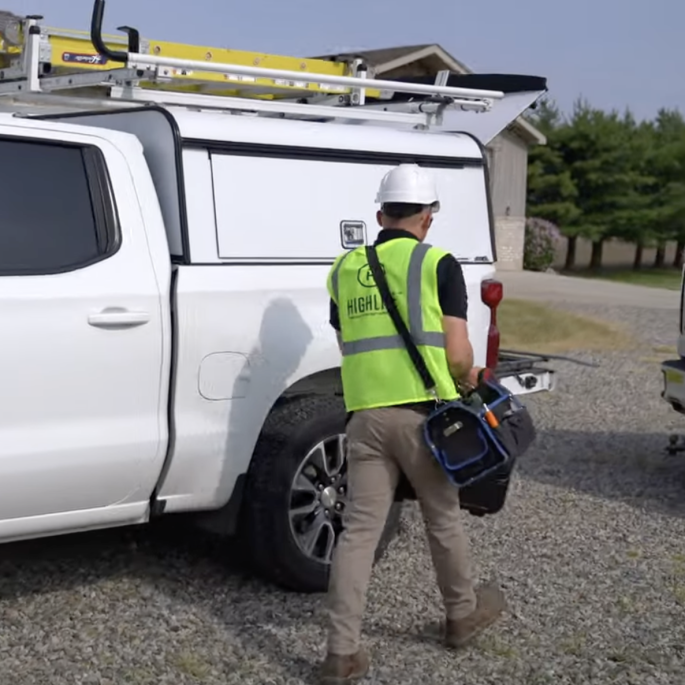
How Highline Installs Fiber Internet in Your Home
Want to know what to expect when it comes to the installation process? We'll walk you through it in this video with the step-by-step process detailed below.
Professional fiber internet installation is a snap with Highline, thanks to our white glove installation and the support you get on-site from our friendly and professional technicians.
Preparing Your Home for Fiber Installation
Preparing for fiber internet installation takes just a little bit of thinking ahead to make sure you’re ready:
- Clear all pathways: Make sure the technician can easily access the installation areas, including outdoor spaces where fiber will enter your home and indoor locations where equipment will be installed. Move furniture or objects that may block access to outlets, wall spaces, or baseboards, and trim back any overgrown shrubs near the fiber entry point.
- Mark any underground utilities: Use flags or spray paint to mark any private utilities such as irrigation lines, pet fences, or landscape lighting.
- Secure pets: We love pets, but installation noise can scare them. To reduce their stress and to keep them safe, keep all pets indoors in a secure area or with a neighbor while work is being done.
- Designate a decision-maker: An adult (18 or older) must be present during the appointment to allow technicians entry, answer questions, approve cable entry points, and help choose the best spots for equipment like your optical network terminal (ONT) and router.
- Pick your equipment locations: Think about where you'd like your ONT and router placed. A central location with easy access to a power outlet will give you the strongest Wi-Fi signal. If you’re unsure, don’t worry — your technician is there to help.
- Move valuables and breakables: Our team takes care to protect your home, but accidents happen. Moving any valuable or fragile items ahead of your installation appointment gives everyone peace of mind.
- Keep everyone in the loop: Let household members know about the installation window and that there may be short periods of noise or brief interruptions to your power or internet during setup.
- Reschedule if you need to: Life happens. If something comes up or there will be no one home, contact our local support team right away so we can get you rescheduled quickly.
What Happens During the Fiber Installation Process?
- Scheduling your service drop: When your home is ready to be turned up for service, one of our team members will call you to set up an installation date. Please remember that these dates will vary depending on how many customers are waiting in line to get installed before you.
- Installation day: A technician will show up at your home with the equipment needed to begin the installation. This process, depending on the structure and other factors, should only take a couple of hours to complete. Please ensure someone 18 years or older is present when the technician arrives.
- Construction: New service activation requires the installation and connection of a fiber "drop" cable from the "household passed" point to the home. This location is referred to as a "drop" point and can take the form of a fiber pedestal (above-ground access point), handhole, manhole, chamber, or utility/telephone pole. A "drop" point signifies the location where a fiber transport network feeder cable, that originates from a fiber provider's central office (CO), is terminated or connectorized. If the optical fiber is not terminated or connectorized, then the other common method of joining optical fibers is called splicing. From this "drop" point, a fiber installer will connect a fiber "drop" cable to a box on the exterior wall of a home in two primary ways: Underground: Laying fiber optic cable underground utilizing plowing, trenching, or directional bore techniques. Alternatively, if underground ducts are available, then fiber optic cables can be run to the home through this infrastructure. Aerially: Fiber optic cable is run across overhead utility or telephone poles to a pre-determined location at a customer's home.
- Installation Process: The technician will run a fiber line from one of our pedestals on the side of the road, and mount what we call the NID (Network Interference Device), on the side of your home. This will act as a storage area for the extra fiber optic cable that may be left over from the drop to your home, or going into the house.
- The technician will then drill a hole from the inside of the home, to the outside of the home, which goes through both interior and exterior walls. Fiber optic cable will be run through this hole, so it can enter the home, as well as reach the termination enclosure on the outside of the home.
- Next, the ONT will be installed and checked for signals. All fiber-based services are delivered through an ONT (Optical Network Terminal). An ONT is a transceiver located in a customer's home. The installer will terminate the fiber optic cable connection at an ONT, which converts the fiber's light/optical signals to electrical signals, enabling the in-home network to deliver internet, and voice services. An ONT must be fed by a power supply at all times, such as a power cable, or battery backup, if there is a power outage.
- Final Steps: The technician will power up your router (either one we provide you with, or one you choose to purchase) and connect it to the ONT (Modem/Gateway). Once a stable and secure connection is established, they will walk you through setting up the Highlinefast App, allowing you to control your home network.
Equipment & Devices
Pedestal
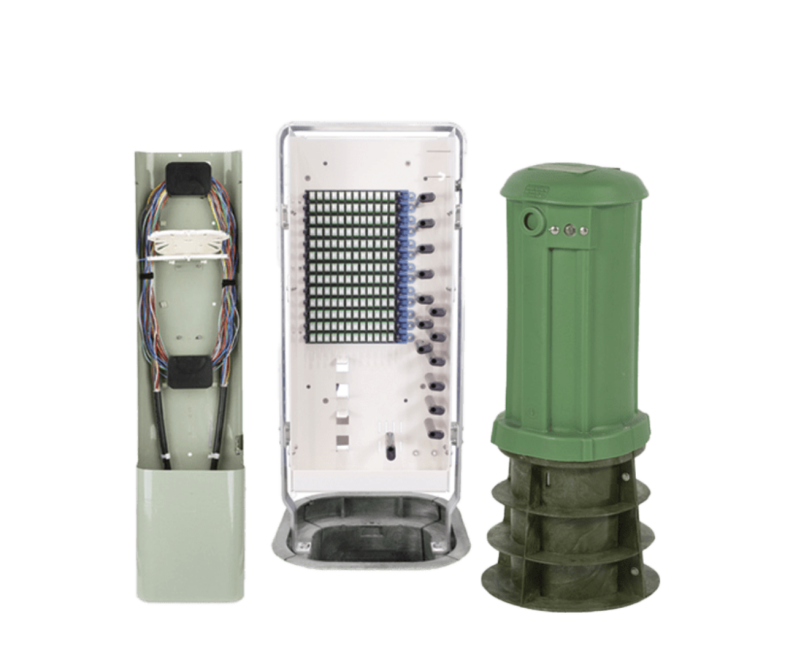
NID (Network Interface Device)

NID (Network Interface Device) Internal Casing

ONT (Optical Network Terminal)
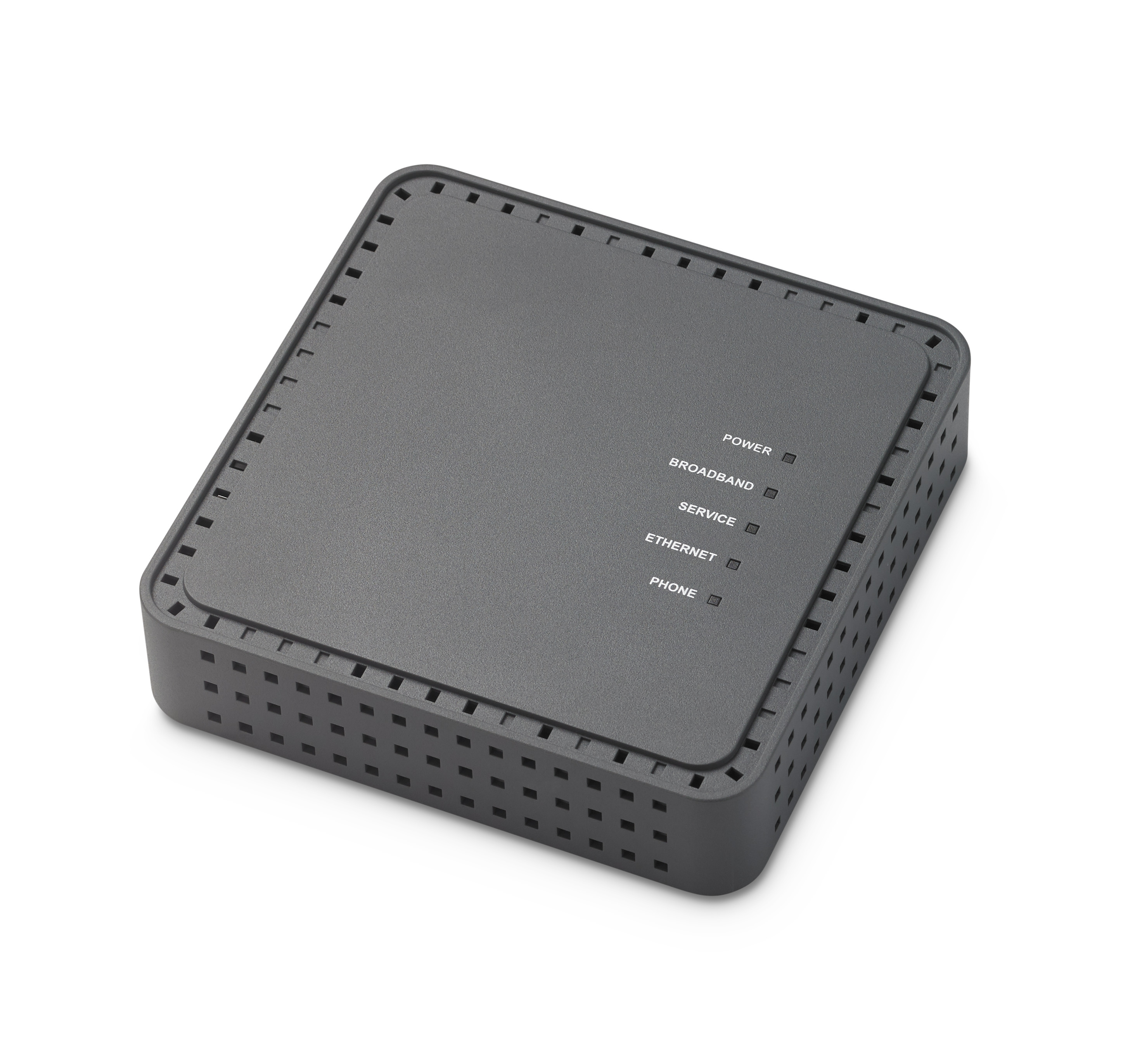
Router
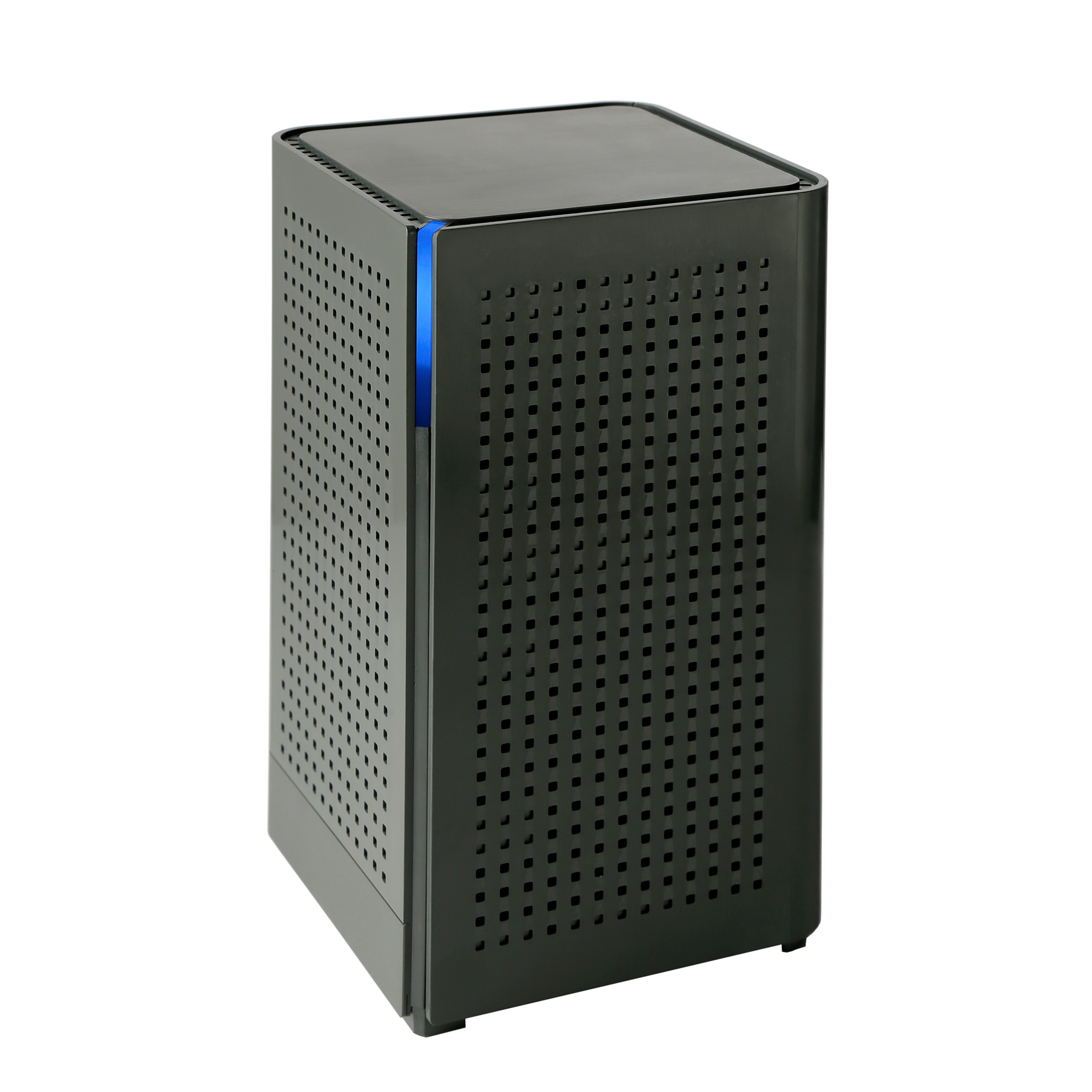
FAQs
- How long does fiber installation take?
We value your time, so our standard in-home fiber internet installation process is designed to take up to two hours in many cases. We will schedule additional time in advance if underground work is needed at your property as part of the installation process.
- Will fiber installation disrupt my home?
Highline understands that no one wants to devote a whole day to waiting for internet installation. We’re fully committed to your safety with built-in network security for unlimited devices and our team works hard to minimize any disruptions.
- How do the modem and router work together?
The fiber plugs into a port on the bottom of the ONT (modem), which converts it into an ethernet connection. The ethernet connection then goes into the router.
- What are the ports on the router for?
The Wan port is going to make sure that you can actually broadcast the speeds that we're offering. The other ports can be used for anything that you want to do whether you want to hardwire your devices such as, video game consoles, computers, cameras, printers, or anything else you need.
Still have questions?
Check our full FAQ page or reach out to request support.
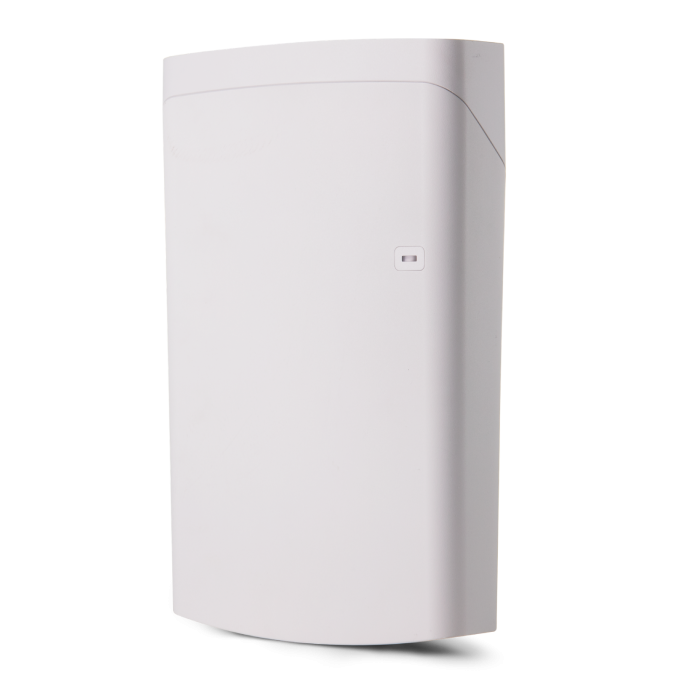
Amplify Your Outdoor Experience
Extend your connectivity beyond your home with our affordable Outdoor Wi-Fi Extender.
Are you ready for real high-speed internet?
-
Check Local Availability
Availability Icon1
Check Local Availability
-
Signup Icon2
Sign Up For Service
-
Fast Speed Icon3
Enjoy Fast Internet

Check Availability in Your Area
Enter your address to see if high-speed internet and voice services are available where you live.